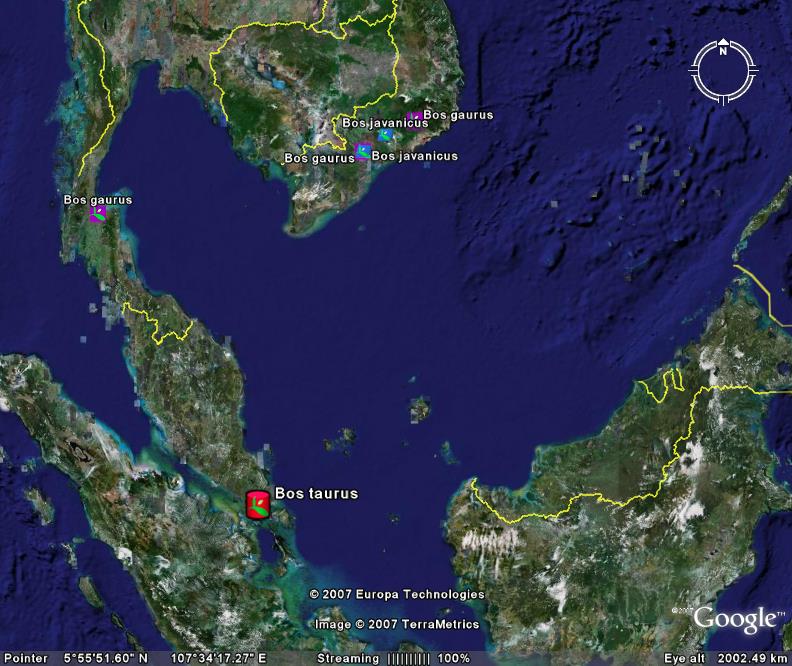Interesting news for agricultural biodiversity from the margins of the latest SBSTTA meeting. That’s the Subsidiary Body on Scientific Technical and Technological Advice of the Convention on Biological Diversity (CBD). The Meridian Institute’s Food Security and Ag-Biotech News service summarizes a press release by the CBD secretariat announcing that it has:
signed an agreement with the International Federation of Agricultural Producers (IFAP) aimed at strengthening communication and collaboration between the secretariat and farmers’ organizations, which have a “major role” to play in the management and conservation of biodiversity. IFAP represents 115 farmers’ organizations in over 80 countries, most of them developing, with a strong representation of small-scale farming interests. The federation’s mandate is to develop the capacities of farmers to influence the decisions that affect them at the domestic and international levels. Under the new agreement, IFAP will contribute to improving the effectiveness of the CBD’s program of work on agricultural biodiversity by representing farmers’ views at CBD processes and by raising awareness among its members of the importance of biodiversity in the context of sustainable agricultural development.
The next SBSTTA meeting (18-22 Feb. 2008) will review the CBD’s program of work on agricultural biodiversity. A couple of months later, “Biodiversity and agriculture” will be the theme for 2008’s International Day for Biological Diversity on May 22. Sounds like we’ll have to plan something special for that period here at the Agricultural Biodiversity Weblog.
